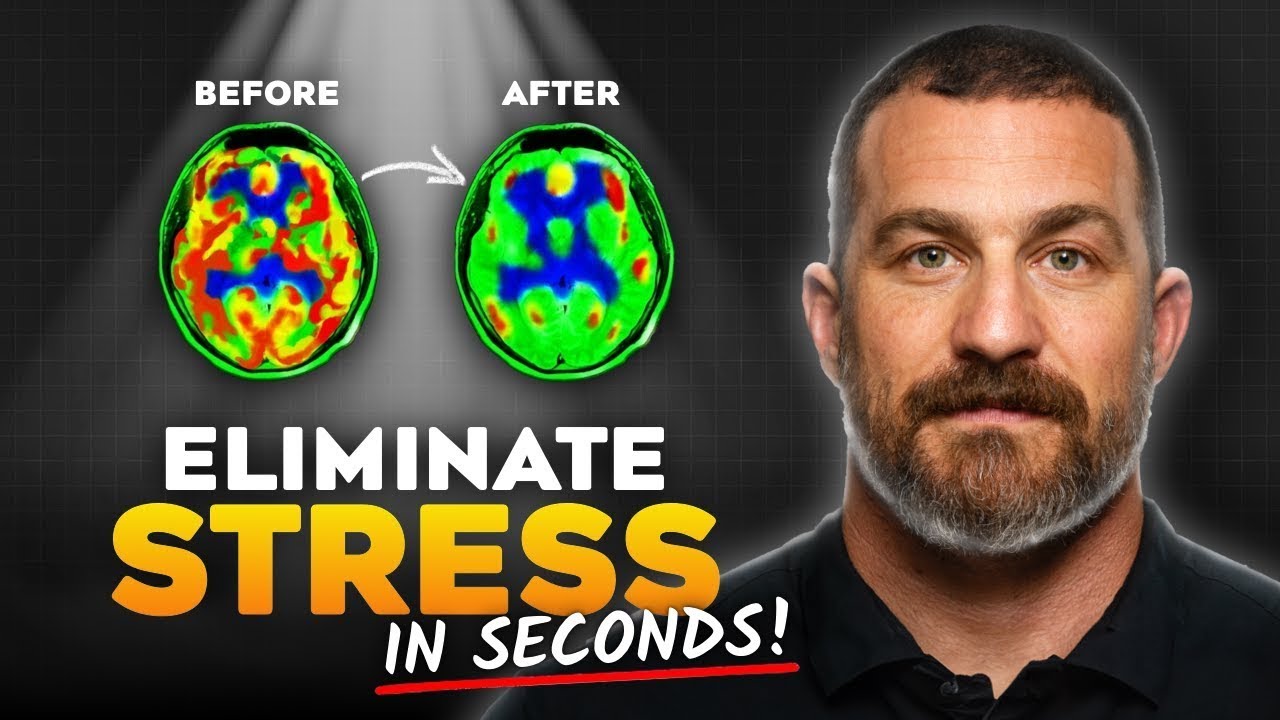If you’ve ever wondered how to build bigger, stronger muscles, you might assume the key lies only in the muscle fibers themselves. But the truth is, muscle development starts deeper — in your nervous system. In fact, understanding how your brain and nerves communicate with your muscles is essential for optimizing strength, hypertrophy, and overall performance.
In this article, we’ll break down how muscle hypertrophy works, why the nervous system plays a central role, and how to design your training for maximum muscle growth and metabolic health. Whether your goal is aesthetic, functional, or long-term vitality, resistance training — when done right — can transform your body and health from the inside out.

Why Muscle Growth Is About More Than Looks
Many associate building muscle with gym selfies and bulging biceps, but muscle tissue does far more than define your physique. It plays a crucial role in:
- Boosting metabolism: More lean muscle means a higher resting metabolic rate.
- Enhancing posture and mobility: Strong muscles support spinal alignment and reduce injury risk.
- Regulating hormones: Resistance exercise supports healthy testosterone levels and improves insulin sensitivity.
- Improving cognitive and immune health: Muscle tissue influences systemic health, including inflammation and immune responses.
Muscle isn’t just about strength — it’s about functionality, resilience, and healthy aging.
Nervous System: The Unsung Hero of Muscle Hypertrophy
When we talk about hypertrophy — the increase in muscle size — the focus tends to be on lifting heavier weights or doing more reps. But before your muscle fibers grow, your nervous system must activate them effectively.
This process involves:
- Motor unit recruitment: Your brain sends signals to muscle fibers via motor neurons. As resistance increases, your body recruits more (and larger) motor units, including those responsible for explosive strength and hypertrophy.
- Neuromuscular efficiency: The better your nervous system is at firing muscles in sync, the more force you can produce — and the more growth you can stimulate.
In short, you’re not just training muscles — you’re training your nervous system to activate them better.
Optimal Training for Hypertrophy and Strength
Modern research shows that hypertrophy and strength gains don’t always require lifting near-maximal weights. Instead, effective muscle growth can happen across a range of intensities — provided the training volume and effort level are appropriate.
Here’s what the latest science recommends:
- Load range: Use 30%–80% of your 1-rep max (1RM). That means you can build muscle with both moderate and lighter weights — as long as you push close to failure.
- Training to failure (or near-failure): To activate high-threshold motor units, you must challenge your muscles enough that they fatigue. This can be achieved through controlled reps, longer time under tension, or higher rep ranges.
- Weekly volume: Aim for 5–15 sets per muscle group per week. Closer to 5 sets is enough to maintain or slowly build strength. For significant hypertrophy, push closer to 10–15 sets.
- Full range of motion: Movements should use the full joint range to engage all fibers. Think deep squats, full push-ups, and complete pull-ups rather than partial reps.
Example Weekly Program for Muscle Growth:
- Upper Body (Push): 4 sets of dumbbell bench press, 3 sets of overhead press, 3 sets of dips
- Upper Body (Pull): 4 sets of pull-ups or lat pulldowns, 4 sets of bent-over rows
- Lower Body: 4 sets of barbell squats, 3 sets of Romanian deadlifts, 3 sets of walking lunges
- Core & Stability: 3 sets of planks, 3 sets of hanging leg raises
Distribute these across 3–5 training days, ensuring rest and recovery in between.
The Truth About Repetition Speed and Momentum
One common myth is that you need to move slowly during every lift to maximize muscle growth. The real goal isn’t necessarily slow movement — it’s controlled movement.
- Fast reps (especially early in a set) are fine as long as form is strict.
- Momentum reduces the work your muscles do — avoid it.
- Final reps in a set will naturally slow down as fatigue sets in — and that’s a good thing. That’s when you’re recruiting those powerful, growth-oriented muscle fibers.
The Hormonal Benefits of Resistance Training
Resistance training also triggers favorable hormonal shifts — especially in testosterone and growth hormone.
- Short, intense workouts (under 60 minutes) tend to boost testosterone levels.
- Workouts over 75 minutes, especially if very intense, may increase cortisol — a stress hormone that can counteract muscle gains.
For a natural testosterone boost:
- Perform 6 sets of 10 reps on large compound lifts (e.g., squats, deadlifts, chin-ups)
- Rest for 2 minutes between sets
- Use challenging but manageable weights, even if you reduce the load between sets
Interestingly, doing more — like 10 sets of 10 — can backfire, spiking cortisol and blunting testosterone benefits.

Recovery Starts at the End of Your Workout
Recovery isn’t just about what happens during sleep. How you end your workout can make a big difference in nervous system recovery and muscle adaptation.
Use parasympathetic recovery techniques immediately after training:
- Breathing exercises: Try 5–10 deep double-inhale breaths followed by slow exhales.
- Non-Sleep Deep Rest (NSDR): A 5-minute session can calm your nervous system, aiding recovery and focus.
- Avoid jumping into digital stimulation (like phone scrolling) right after training. Give your body a few minutes to downshift.
Even elite athletes now incorporate between-set breathing to recover their nervous system and stay sharp during training.
Final Thoughts: Muscle Growth Is About Smart Strategy, Not Just Hard Work
Muscle hypertrophy and strength are highly trainable — and not just for bodybuilders. Whether you’re aiming for better posture, enhanced metabolic health, or improved athleticism, resistance training should be part of your weekly routine.
By understanding how your nervous system interacts with your muscles, and by applying science-backed methods — like proper load selection, full range of motion, and post-training recovery — you can safely and efficiently build a stronger, healthier body



